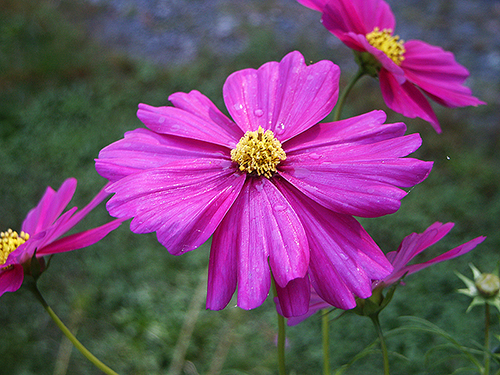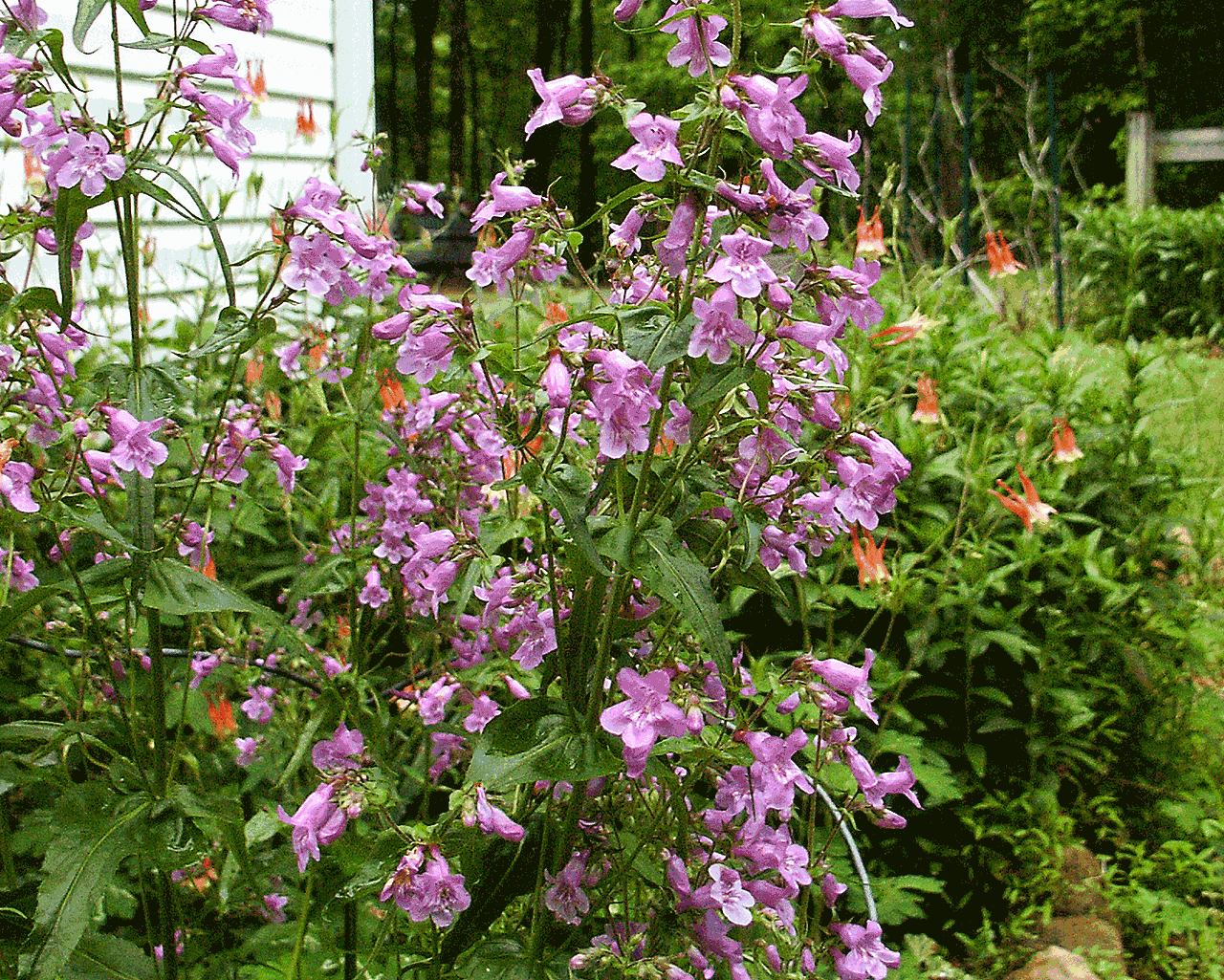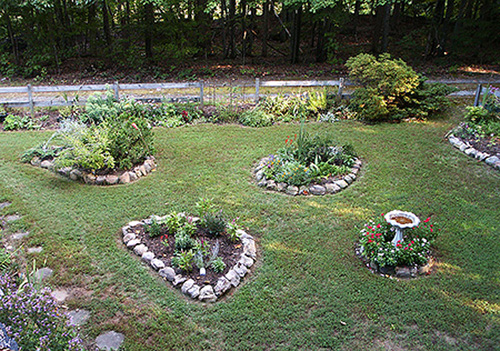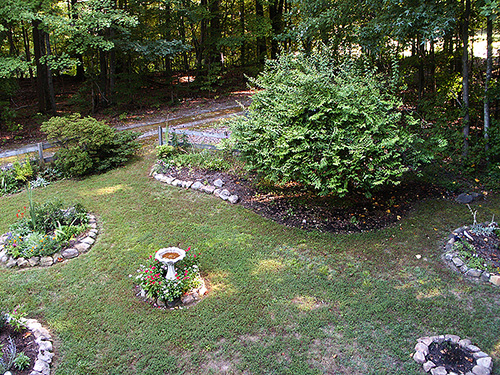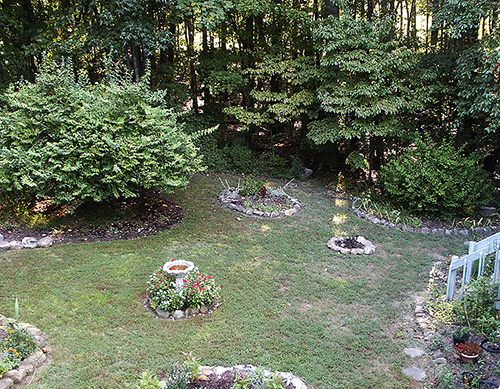This summer has been one of high temperatures and humidity with little rainfall. It has been a major chore to keep the gardens watered and the water seems to disappear as fast as you apply it. You will water one day and the next day the ground is as dry as a bone. The plants in my gardens have been suffering under the endless hot days. The yellow squash vines could not stand up to the onslaught of the heat and humidity and I got only a few pints of squash from the vines.
With the promise of thunderstorms this evening, I decided to clear the yellow squash row and plant some leafy green vegetables that should be a part of everyone's diet. Leafy green vegetables such as spinach, kale, turnips, and mustard are good sources of important vitamins and minerals such as vitamins A, C, K, and Folate (B9) and iron, manganese, calcium, and potassium. Mum was correct when she said it was important to eat your spinach.
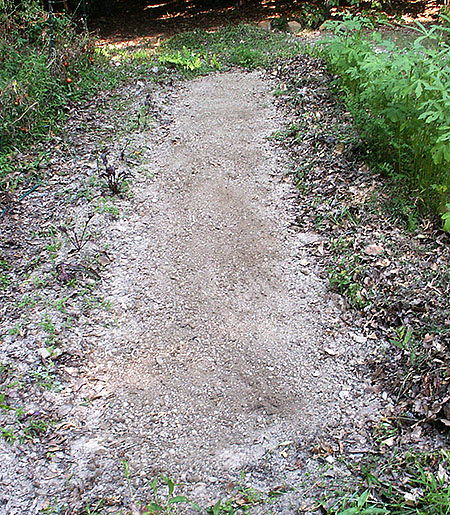
Row ready for sowing |
The soil in the garden is not as grey as it appears in the photograph above; it is more of a light brown colour and I have been working in organic matter over the years. I cleared off the old squash vines and weeds and raked the leaves to the side of the okra. The soil was not as dry under the leaves as I thought it would be and it was fairly easy to use the hoe to loosen the soil; followed by a quick rake with the garden rake. I then added a 10-10-10 fertiliser and raked it well into the soil.
I buy my seeds in bulk from a local farm shop. They sell seeds by the ounce or pound and I purchased an ounce each of seven top turnips, old fashion mustard, and siberson kale (an ounce is 28.4 grams). I had the shop to just add all the seeds to one pack as I mixed the seeds together when I sow them; I think they do better mixed than sowing a patch of each separate. The idea in planting the seeds is to sow them as evenly as possible over the bed. The seeds are small and this would not be an easy task. However, there is a trick to sowing small seeds, you mix them with another substance so it is easier to broadcast them over the bed. Dad always used sand but I have found that cornmeal works equally well. I poured the seeds into a container and added a bag of cornmeal; the cornmeal had been in my cupboard for awhile and needed replacing. Stir the mixture well and the veggie seeds will mix in with the cornmeal. Scoop up a handful of the seeds and cornmeal and spread it over the bed. The nice thing about this trick is you will be able to see where you are spreading the seeds. When you have deposited the seeds onto the bed, take a garden rake and carefully rake the bed back and forth to help spread the seeds further and to make sure they are in contact with soil.
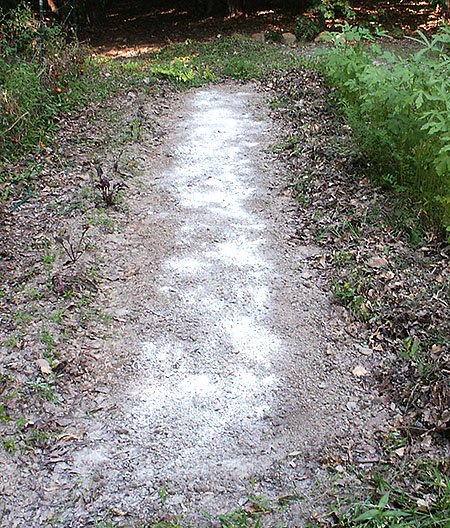
The seeds broadcast over the row |
While we had a slight chance of thunderstorms this evening, I turned on the sprinklers to the garden for about an hour to help soak the seeds into the soil. I also watered the back garden and all the containers as well. I figured if I water everything it would increase the chance of getting some much needed rain. The little valley is still very dry and with the distance it is hard to water it. I am thinking of building an overland pipe to the little valley. Since it is downhill to the valley from the house, it would be easy to drain the pipe for when winter weather arrives. As I sit here typing this the rain is falling outside and it sounds so wonderful. I don't expect a lot of rain but any rain is very much welcomed.
